The story behind the Reggio Emilia Approach
Reggio Emilia is a city whose network of preschools are internationally famous for the attention given to learners, the environment, and above all the pedagogical approaches. Since the 1990s, when the prestigious U.S. magazine Newsweek established that the municipal kindergartens of Reggio Emilia were the best in the world, thousands of teachers have started to come to this northern Italian city to understand which aspects of the Reggio Emilia approach they could export to their own countries.
Since it is certainly from early childhood that one begins to build the future of a society, the question that everyone asks is: What is the path behind such an important result?
The first sign of these pre-school facilities came about in the 1960s when they were considered not only as places where children were cared for during their parents’ working hours, but as places for growth and creative experiences for children, together with other children, and their parents. During the after WWII ferment, it was perceived as urgent by parents and educators that a new, secular institution should take care in developing a new generation of citizens.
The big change was choosing to see children as no longer immature people (i.e. waiting to be mature enough to absorb the teachers’ lesson) but as complete people, full of possibilities and the ability to take a lead role in their own learning experience.
The “Ray of Light” atelier
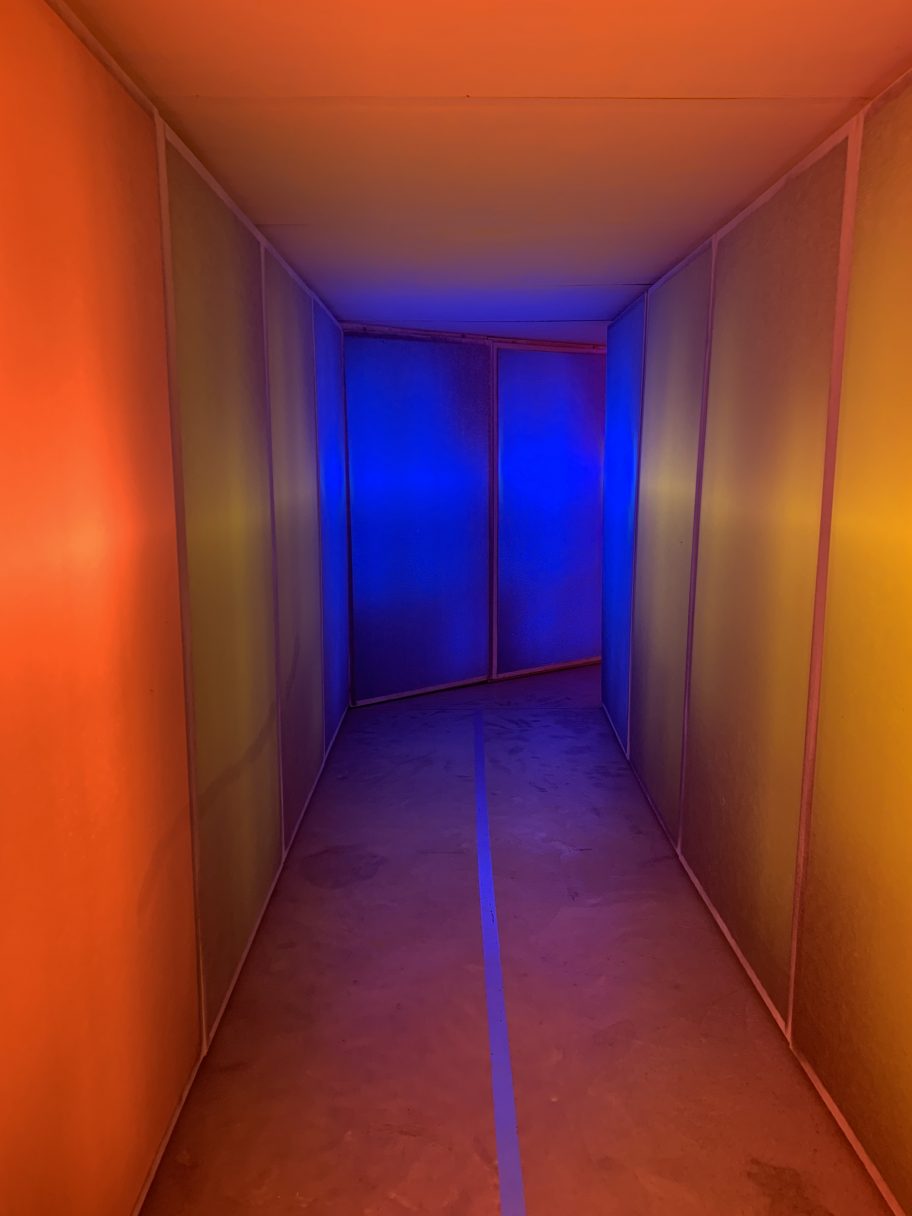


Moving within this somewhat magical and mysterious path, playing with and observing the different stimuli of these colorful environments, children are discovering the many ways and forms in which light manifests itself. They watch carefully how it changes according to the surfaces with which it comes into contact; they enjoy making it reflect, using mirrors, water, or a projector.
In this way, even very young children can elaborate on their ideas and theories about light and its transformation. Whether real or imagined, their considerations are a creative and active response to an experience they are living.
This place, this atelier (or studio), called “Ray of Light” is not an extraordinary experience. It is a part of an approach to education and childhood that is common, everyday practice for this Italian city.
The figure of the atelierista (studio teacher)
A unique figure of this path is the atelierista (studio teacher), a professional figure who usually comes from artistic training.
Atelieristas, others involved in the practice of teaching, and parents put together their combined skills and make school a place where it is possible to experience the 100 languages of children.
For Loris Malaguzzi (pedagogist, founder of the schools of Reggio Emilia) the “100 languages” describe the different ways children can express themselves. You can find his original poem that refers to this at reggiochildren.it, clicking here.
Through the use of the varied materials and tools, children develop creative and analytical skills, while experimenting with the possibility of colors, shadows, shapes, clay creations, workshops on the perception of sounds, construction of complex structures, or the use of computers and projectors for storytelling. For example, the video camera, used by educators to document these advances, often becomes a tool for play and experimentation.
All these activities take place in environments that are designed exclusively for the enjoyment of children. According to architectural research canons, the accessibility of the spaces (physical and visual) ensures that children are constantly stimulated by activities they have available and those that are taking place around them. This experience of a “child-friendly design” has been, during the years, put to use in non-school environments: the Reggio Children foundation today offers guidance to different types of institutions looking to create a welcoming, stimulating, and safe environment for children. Projects include malls, in-company daycares, and kids’ corners in stores.
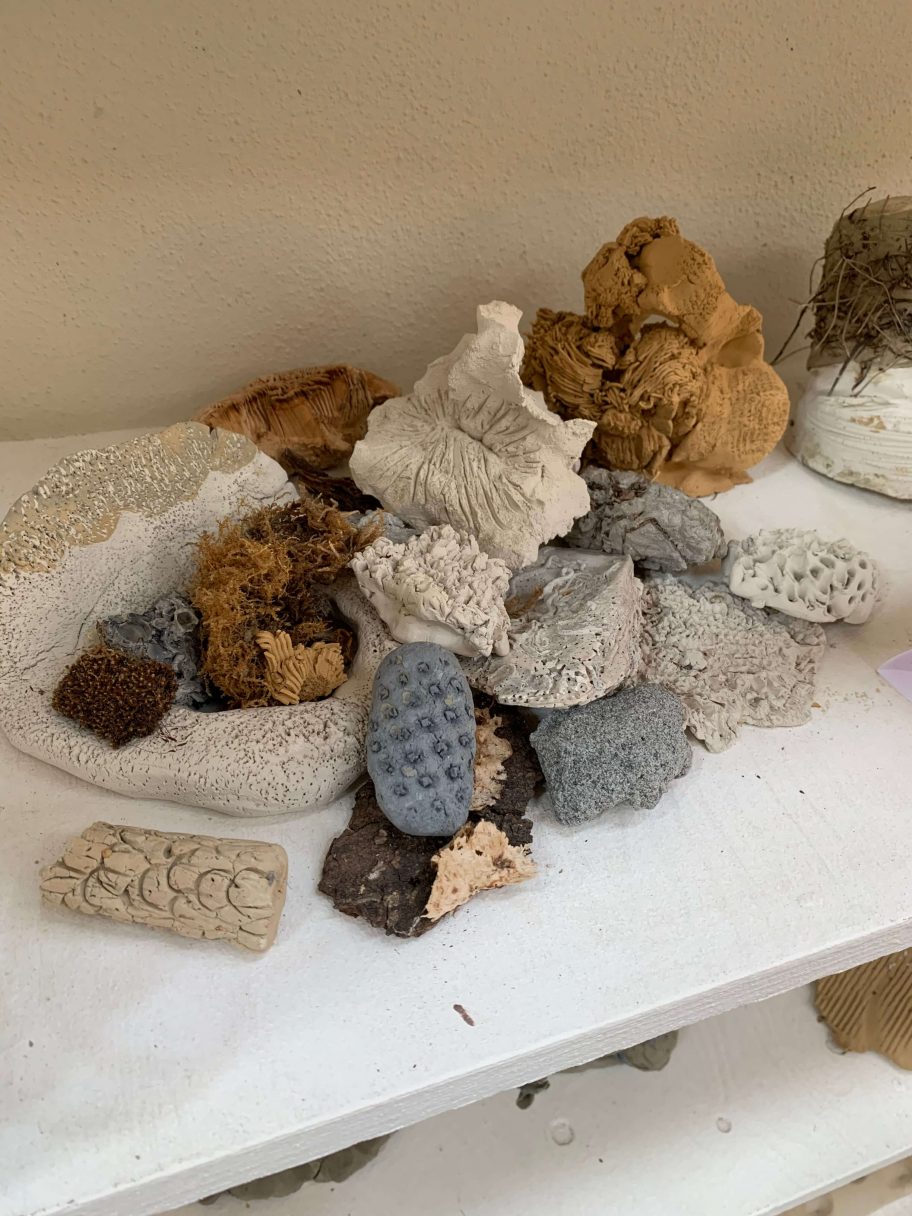


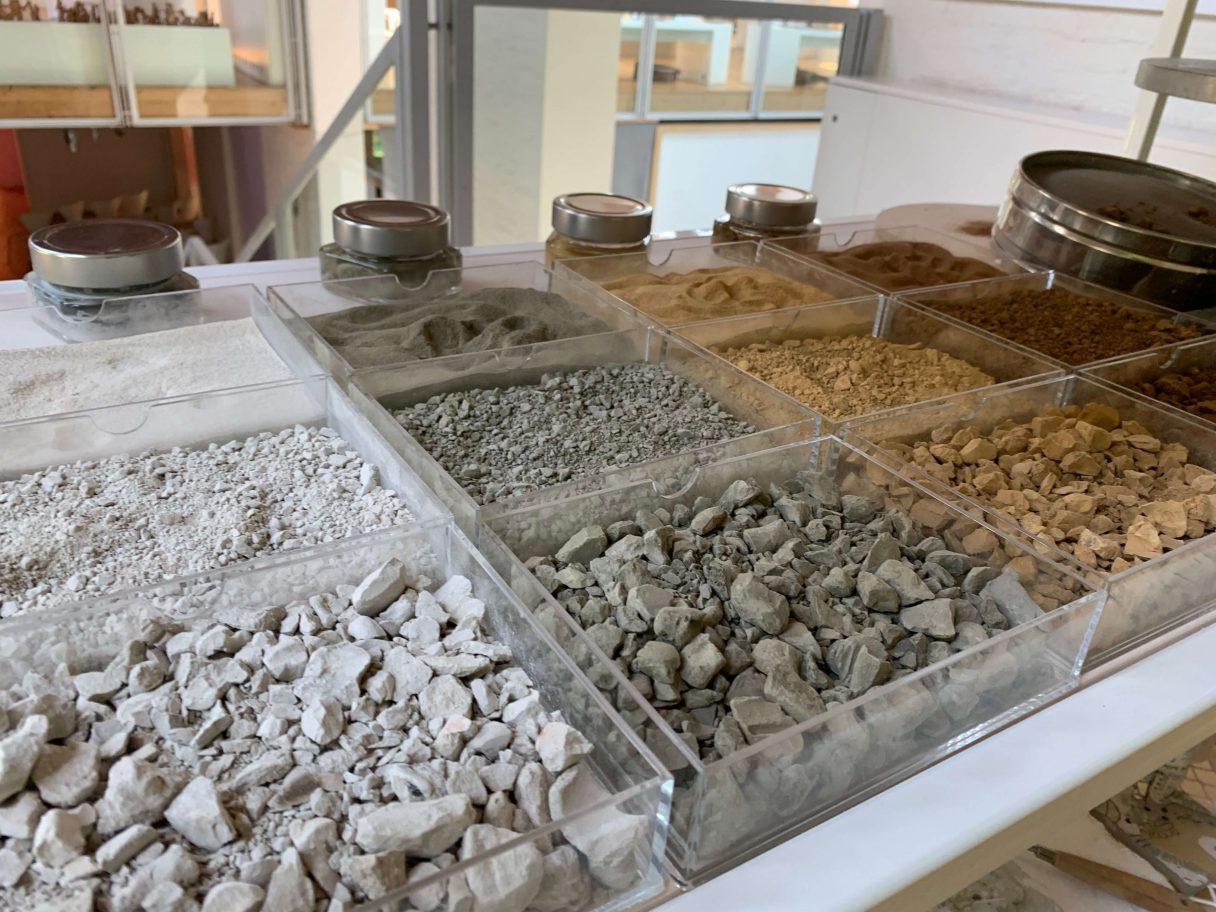
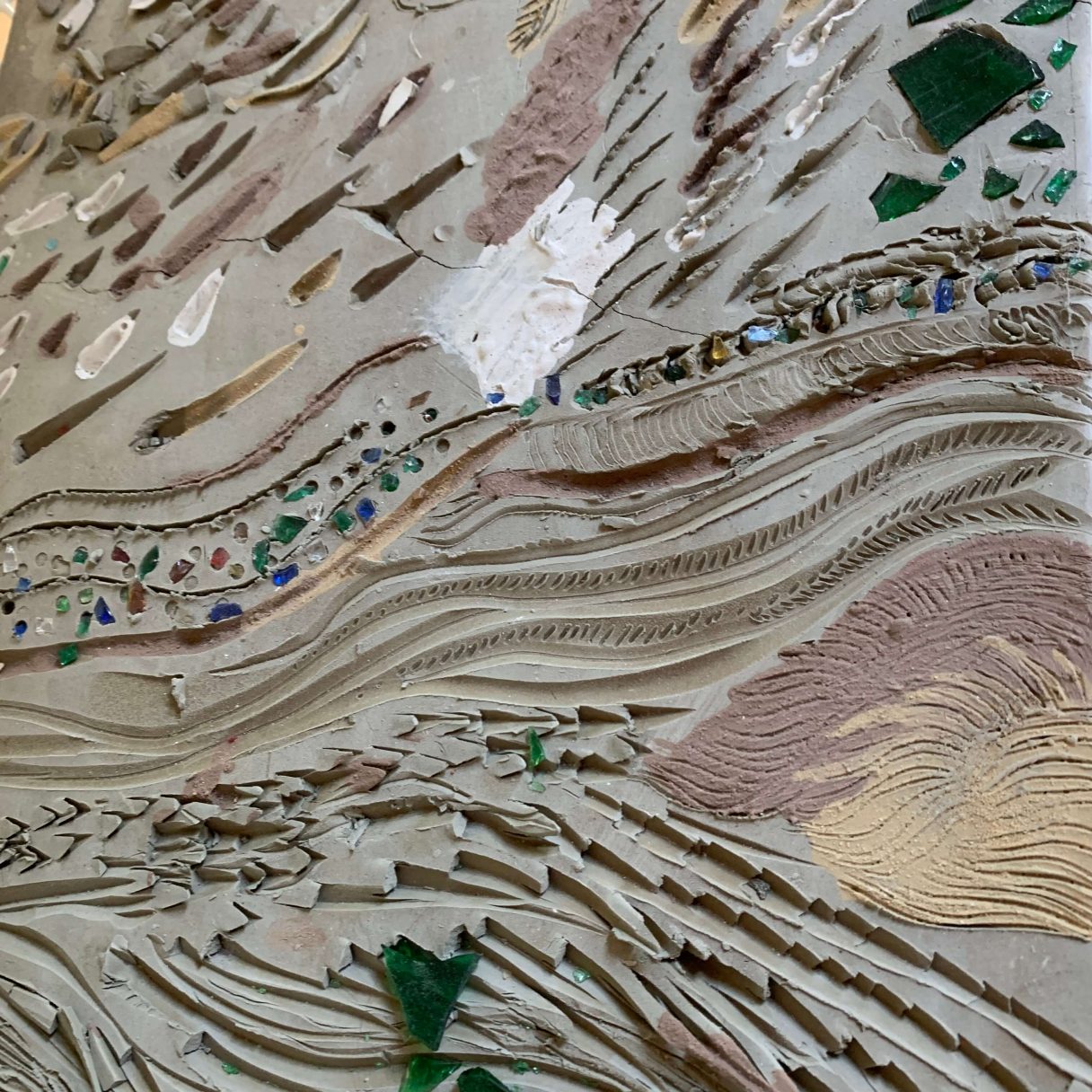
The role of the parents
Parents play a fundamental role in this pedagogical approach, both in their free time by helping the school to carry out projects conceived by the children, and in numerous occasions where it is possible to get to know each other better with other parents and with their children’s friends, also favoring the processes of integration. Evening meetings are often held in which parents and school staff discuss their children’s concerns, interests, fears, or progress.
In this way, growth opportunities are not seen as separate environments (school on one hand and family on the other) but as part of a journey to be taken together.
Of course, none of this would be possible if the city administration did not devote considerable resources to early childhood since the entire school system of Reggio is based entirely on public schools. In recent years, an additional economic resource has been offered by activities related to disclosure, training, and educational publications.
Why is it so difficult (or rather impossible) to describe the Reggio Emilia Approach?
Because there isn’t one. “The preschool centers are conceived and act as a cultural laboratory, always carrying out research on pedagogical and social innovation, in relation and exchange with other national and international experience and entities”.
It is precisely the documentation of these activities and how each child makes use of them that is a fundamental part of the work of the archive, made necessary by an approach that struggles to separate theory from practice or to outline an educational program since each activity follows the stimuli and interests of the children. Theoretical development is built through children’s daily practice.
This collection of reflections, images, works made by the children becomes a patrimony that at the end of the school path enriches the documental archive and is given to the parents, as a testimony of their child’s growth throughout the years.
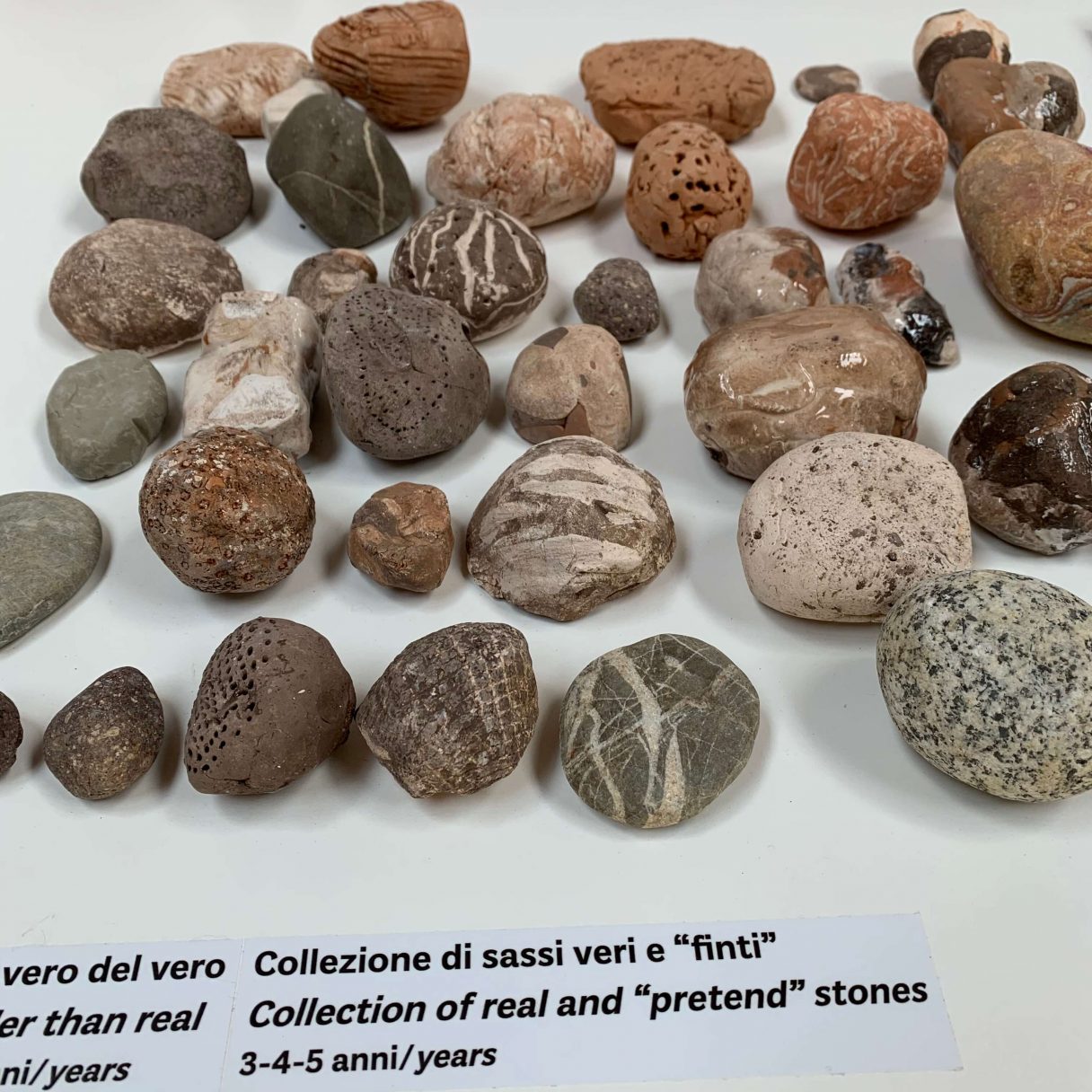
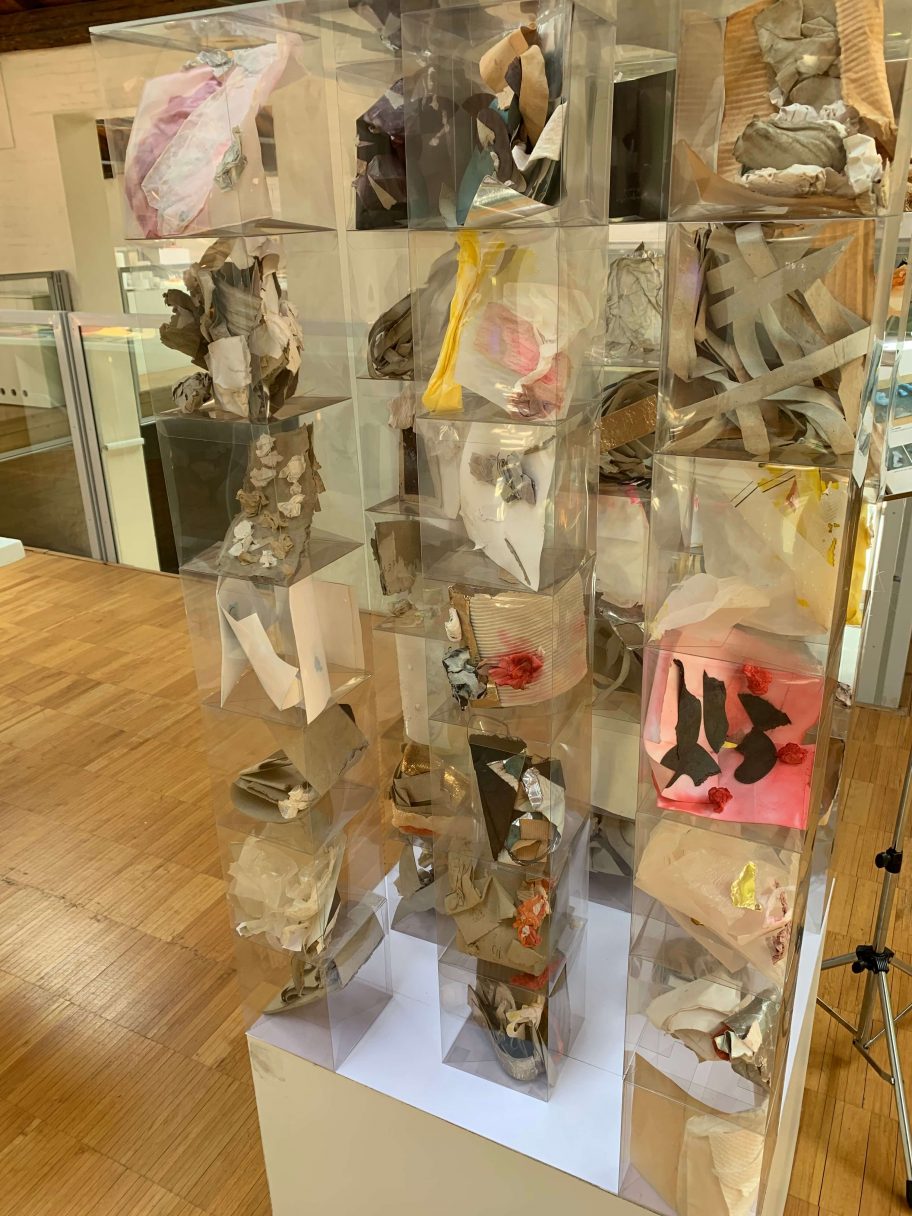


The principles of the Reggio Emilia Approach
It is, however, possible to outline the principles of the Reggio Emilia Approach, as they are described by the association “Scuole nidi e d’infanzia“:
Children are active protagonists
Children are equipped with extraordinary potential for learning and change, with multiple affective, relational, sensorial and intellectual resources that are expressed in an incessant exchange with the cultural and social context. Every child is a subject of rights especially that of being respected and valued for its own identity, uniqueness, difference and in its own time of development and growth.
Each child, individually and in his or her relationship with the group, is the bearer of an ecological sensitivity towards others and the environment and is the builder of experiences to which he or she is capable of attributing meaning.
One hundred languages
The child, as a human being, possesses a hundred languages, a hundred ways of thinking, of expressing oneself, of understanding, of meeting the other through a thought that weaves and does not separate the dimensions of experience. The hundred languages is a metaphor for the extraordinary potential of children, of their cognitive and creative processes.
It is the responsibility of the preschool to value all verbal and non-verbal languages, giving them equal dignity. The atelier, with its material availability and focus on the creative process is a key element in helping the child experience their potential languages.
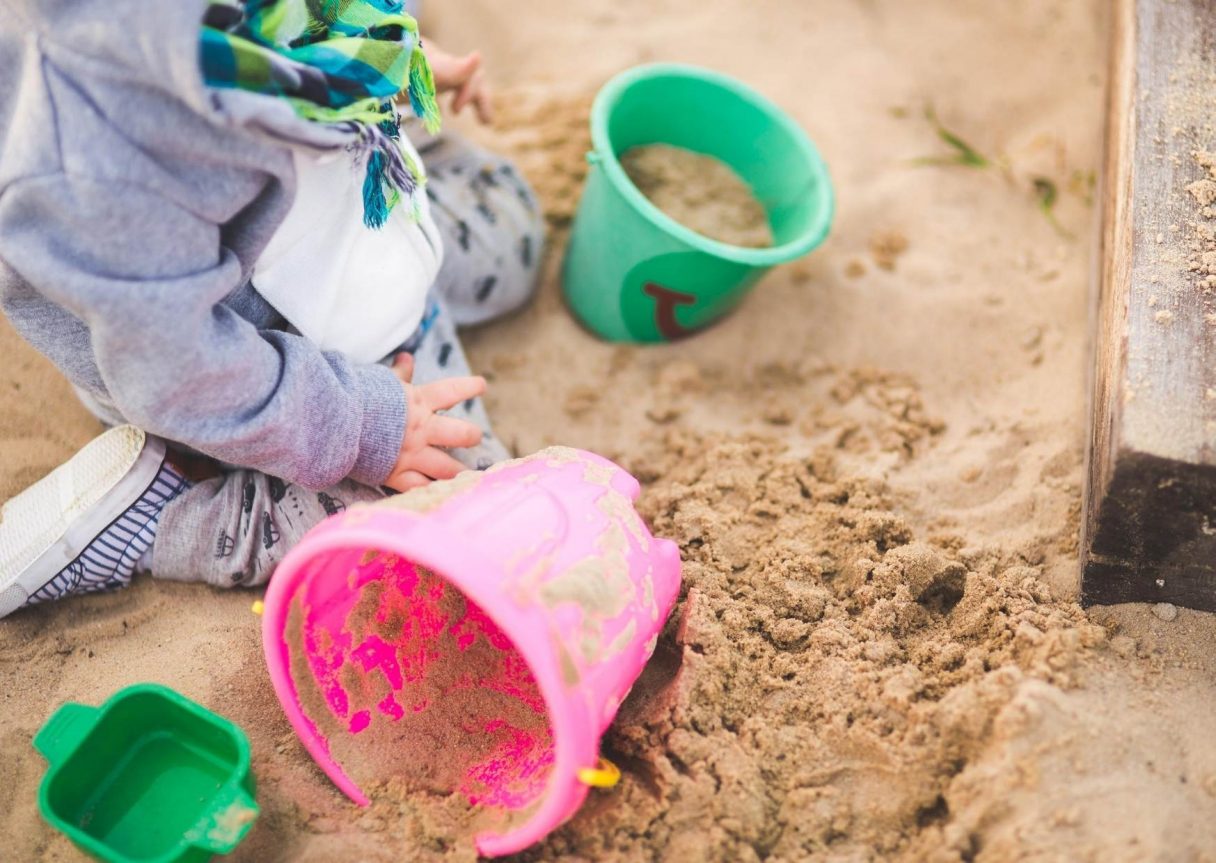
Participation
Participation is the value and strategy that allows children, educators, and parents to be a part of the educational project; it is the educational strategy that is built and shared in the relationship day after day.
Participation creates and nurtures feelings along with a culture of solidarity, responsibility and inclusion. It produces change and new cultures that are necessary in a new and global educational environment.
Listening
In an active education, a listening attitude between adults, children and the environment is an indispensable context for any educational relationship. Listening is an ongoing process that fosters reflection, acceptance and openness towards oneself and others; it is an indispensable condition for dialogue and change. The attitude of listening raises awareness and sensitivity to contemporary cultural, social and political scenarios.
Learning as a construction
Every human being, is an active builder of knowledge, through original learning processes that take shape in unique ways and times in relationships with peers, adults and environments. The learning process privileges strategies of research, confrontation and sharing; it makes use of creativity, uncertainty, intuition, and curiosity. It is generated in playful, aesthetic, emotional, relational and spiritual dimensions. It also proposes the centrality of motivation and the pleasure of learning.
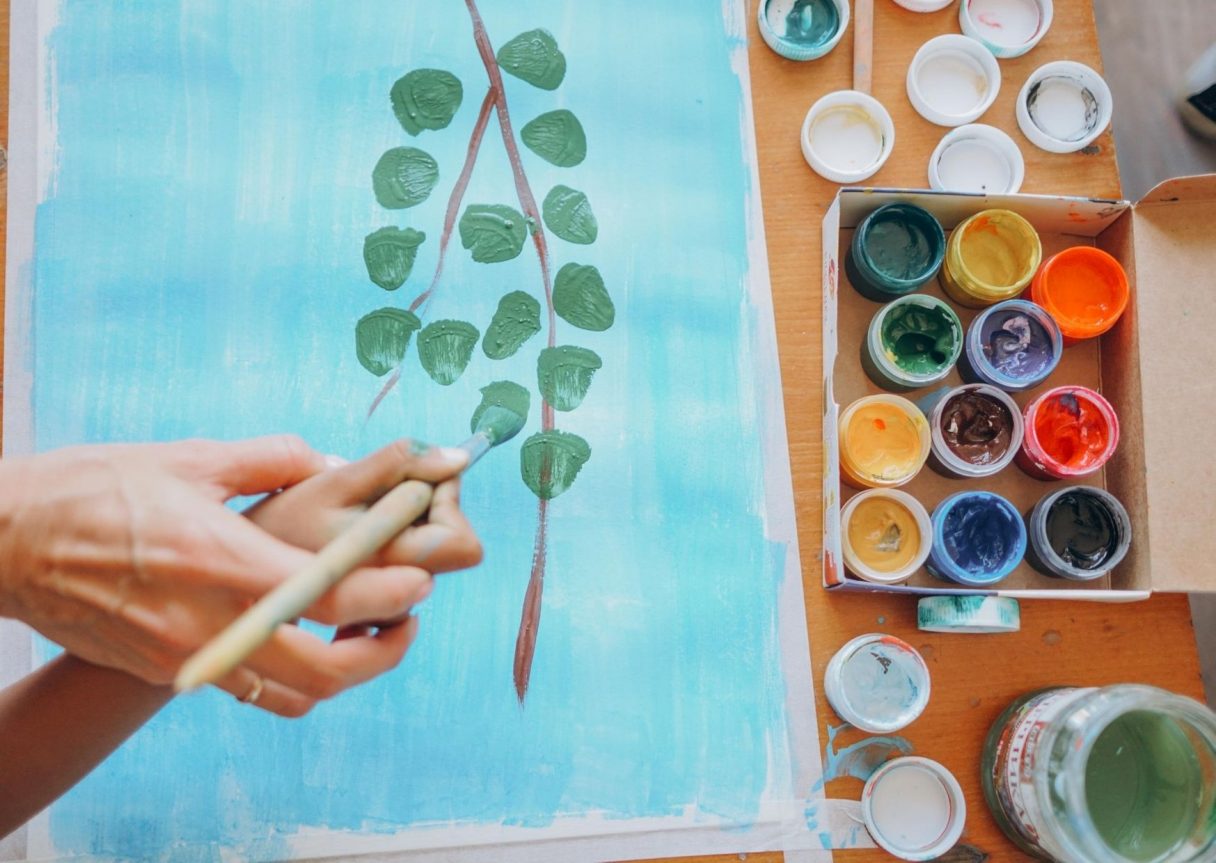
Educational research
Research represents one of the essential dimensions of life for children and adults, a learning driving force that must be recognized and valued. Research shared between adults and children is primarily a daily practice, an existential and ethical attitude which is necessary to interpret the complexity of the world. Research, made visible through documentation, builds learning and proposes itself at national and international levels as an element of pedagogical innovation.
Educational documentation
Documentation is an essential and defining part of educational theories and didactics. Documentation enhances and makes explicit, visible, and invaluable, the nature of individual and group learning processes of both children and adults which can be identified through observation, making them a common heritage. The educational experience that takes place in nurseries and kindergartens takes on full meaning if the documentation produced in the process is reviewed, reconstructed, and evaluated.
Planning
Educational action takes shape through the planning of teaching, environments, participation, staff training, and not through the application of predefined curricula. Planning is a strategy of thought and action respectful of and in solidarity with the learning processes of children and adults. It accepts doubt, uncertainty and error as resources, and can change in relation to the evolution of contexts. It is achieved through the processes of observation, documentation and interpretation.
Organization
The organization of work, space, and time of both children and adults is part of the values and choices of the educational project. The administrative, political and pedagogical levels are also co-responsible for a constant and systematic evaluation of the coherence between the principles of the educational project and the choices made. Working conditions and contractual forms should foster stability, continuity, and a sense of belonging.
Environment, spaces and relations
The internal and external spaces of the nursery and kindergarten are designed and organized in interconnected forms that encourage interaction, autonomy, exploration, curiosity and communication. In short, they offer themselves as places of cohabitation and research for children and adults. The environment interacts, changes and evolves in relation to the projects and learning experiences of children and adults, in a constant dialogue between architecture and pedagogy. The care of furnishings, objects, places of activity by children and adults is an educational act that generates psychological well-being, a sense of familiarity and belonging, aesthetic taste and pleasure of living, which are also prerequisites and primary conditions for the safety of the environment.
Safety, therefore, is a quality which is generated by dialogue and shared elaboration between the different professionals who take care of and worry about it. It must also balance risk prevention and the richness and quality of the possibilities offered.
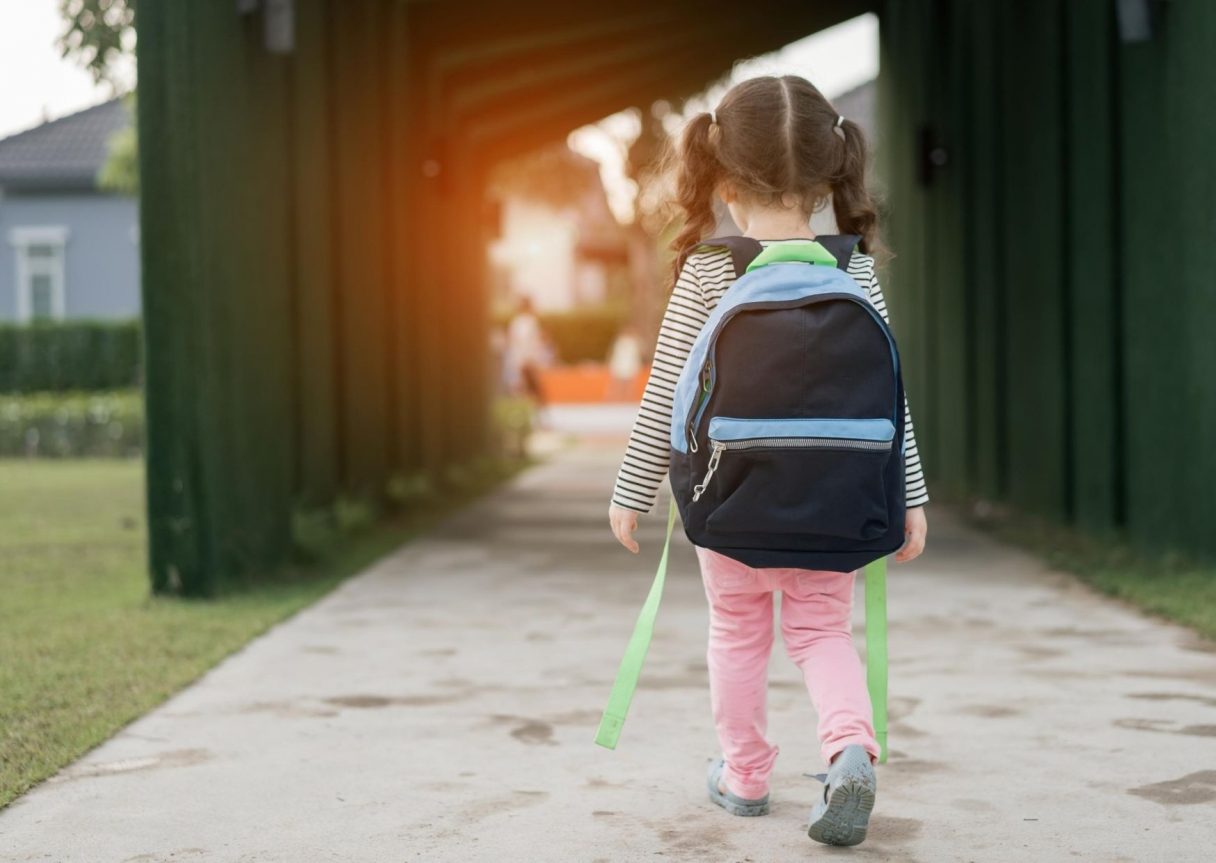
Professional development
Lifelong learning is a right and duty of each staff member. It is planned, considered during working hours, and organized collectively in its content, form, and in ways of individual participation. It develops primarily in daily action within the institutions through observation and documentation and finds in weekly updates the privileged opportunity to deepen and share. Vocational training is developed in a harmonious way between the updates of the individual kindergarten or nursery school, the training plan of the educational services system, the training and in cultural opportunities found locally, nationally and internationally.
Assessment
Evaluation, as an action that aims at a continuous attribution of meaning and value, is an essential element of the educational and management experience. The evaluation process belongs to all aspects of school life, such as in children’s learning, staff professionalism, organization, and quality of service. It is understood and proposed as an opportunity to recognize and negotiate the meanings and intentions of the educational project and is configured as a public act of dialogue and interpretation. For this purpose, schools are equipped with tools (e.g. City Childhood Councils, pedagogical coordination, working group, and co-owners) and practices (e.g. documentation, the participation of families and territorial realities, participation in the integrated public system).
Conclusion
What are your thoughts about this approach and what takes place in Reggio Emilia? What do you think about the principles of the educational project?
Feel free to share your impressions and your own experiences in the comments below! Tell us what you think and please do express your critical evaluations, doubts, or… questions! 😉
Would you like to discover more about the Reggio Emilia Approach? Discover our Reggio Emilia Approach for Preschools online course!
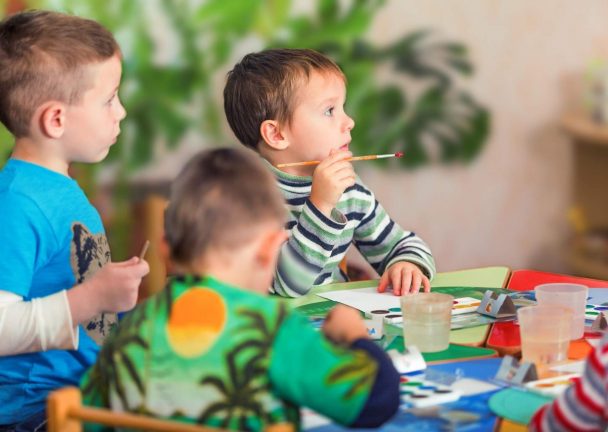

I am an early childhood teacher from Sydney, Australia. My 20 month old granddaughter lives in Barcelona. Can you recommend any Reggio early childhood centres in Barcelona? I am keen that she can access the best experiences for those precious early years. Thank you in anticipation. Christine
Hello Christine, perhaps our colleagues in Barcelona can give you some recommendations, please send them a message at: info@eacbarcelona.eu or through their website: https://www.eacbarcelona.eu/en/contacts/